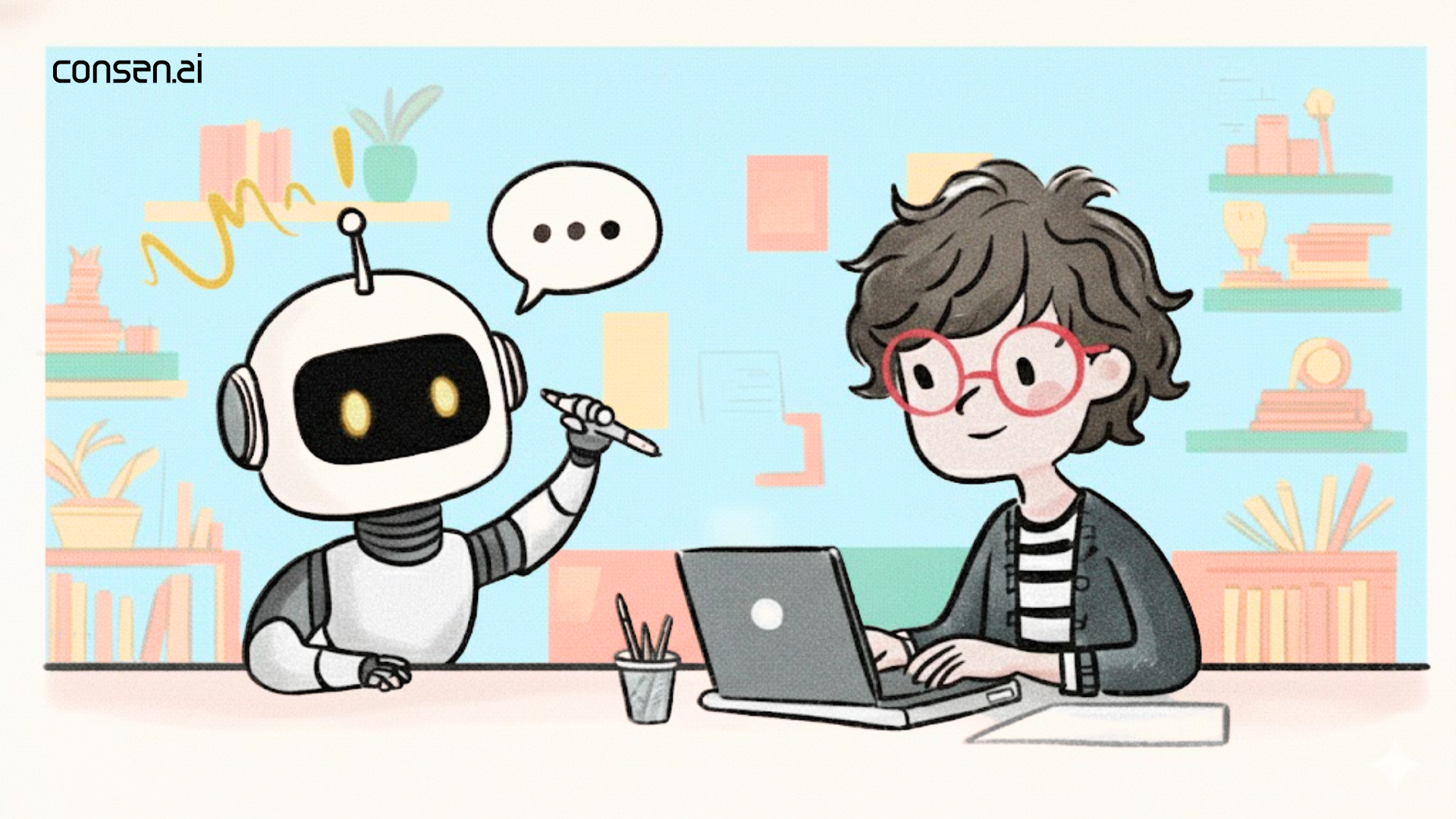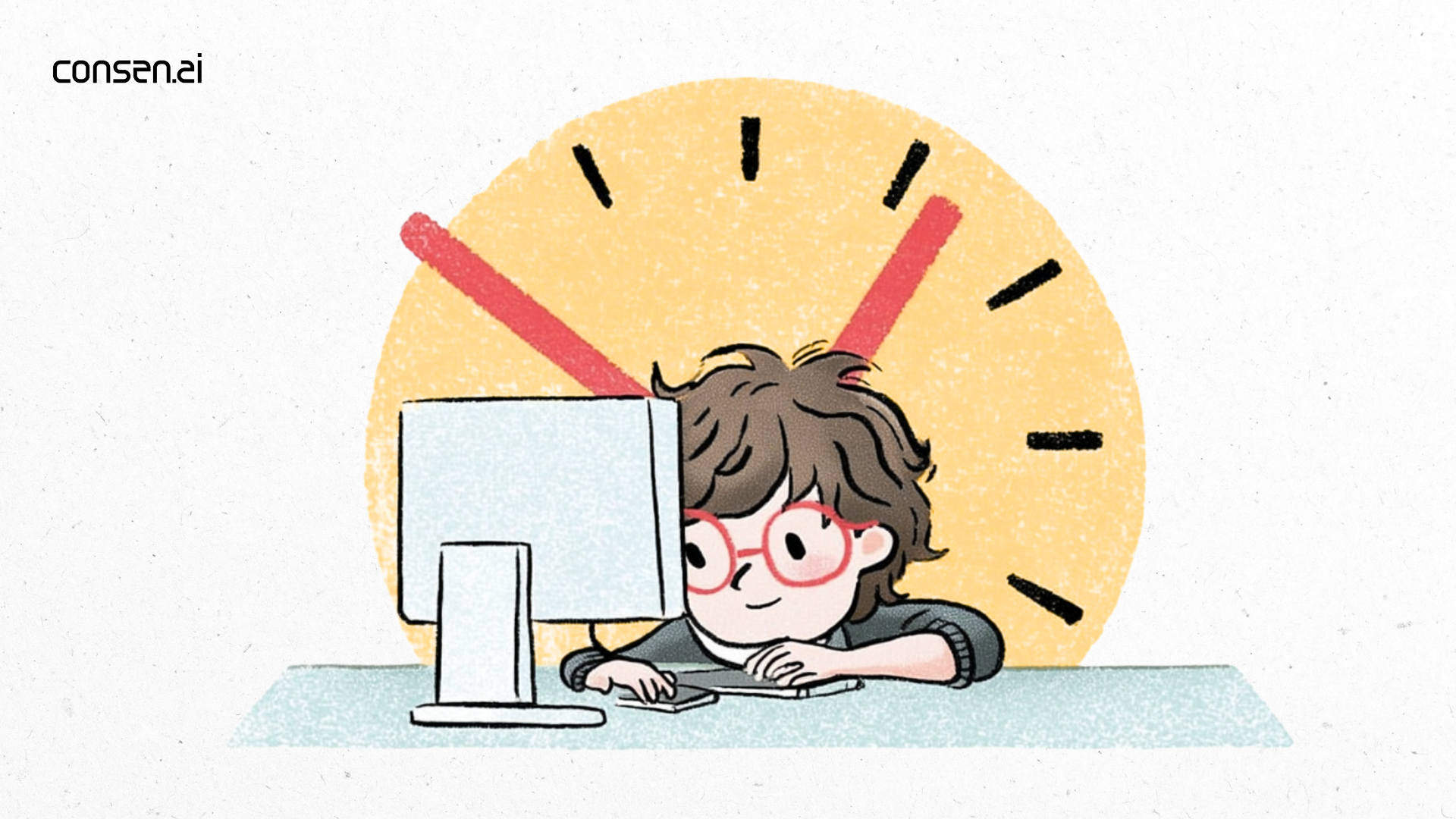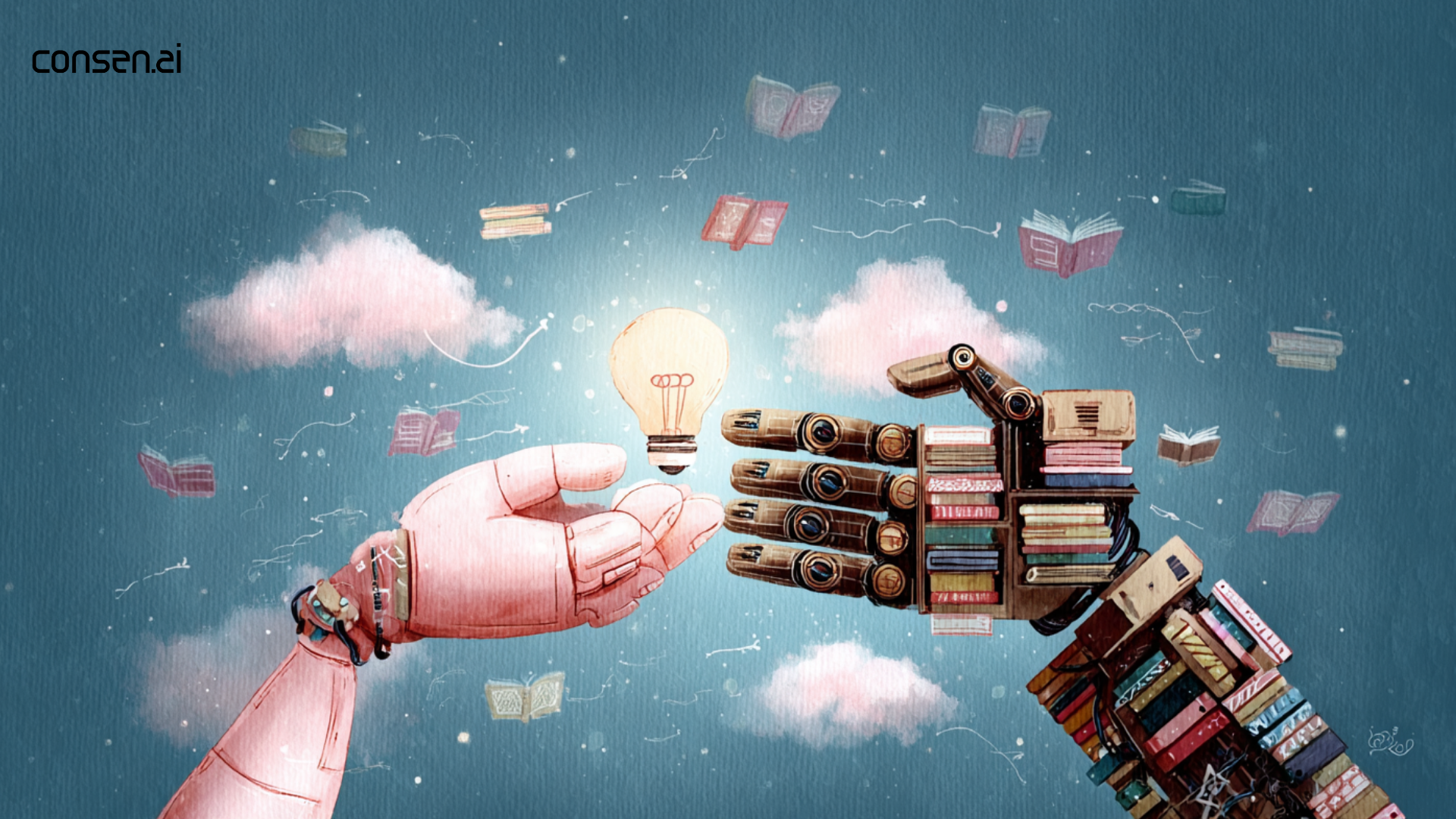Key Takeaways
- AI automates tedious tasks, allowing translators to focus on cultural insight and creativity.
- AI manages terminology and style guides, improving uniformity across projects.
- AI tools like neural machine translation reduce workload and improve efficiency.
- AI detects errors, validates consistency, and ensures cultural appropriateness, reducing error rates.
In Part 1, we explored the daily challenges translators face. Now, let's look at how AI is transforming these pain points into opportunities for better, faster translation work.
The translation industry is experiencing a revolution. While human translators remain essential for cultural insight and creativity, AI tools are eliminating the tedious tasks that have plagued the profession for decades.
This isn't about replacing translators—it's about empowering them. Here's how AI addresses the five major challenges from Part 1.
1️⃣ Automate Formatting and Editing
These tools preserve complex formatting during translation, such as maintaining tables, layouts, and seamlessly handling multiple file types. In addition, translation teams utilizing AI workflows have experienced up to a 50% reduction in turnaround time, according to Smartling (2025).
This automation eliminates the need for separate formatting specialists on many projects, making the process faster and more cost-effective .
2️⃣ Ensure Consistency
Additionally, intelligent terminology management systems automatically extract key terms and ensure real-time consistency checking during translation. These solutions help enforce style guides tailored to client preferences, making them invaluable in maintaining uniformity across various projects.
While precise percentages can vary, Acolad (2025) highlights the significant role of AI in improving translation consistency, thereby enhancing the quality of large-scale translation efforts .
3️⃣ Reduce Workload and Speed Up Deadlines
One of the most notable benefits of AI in translation is the ability to reduce workload and speed up deadlines. AI tools such as neural machine translation and fuzzy matching help translators complete projects much faster while maintaining high quality. SimulTrans emphasizes that advanced AI-driven translation tools can expedite timelines, reduce project costs, and improve efficiency. Similarly, Acolad (2025) highlights how AI accelerates content delivery and reduces the time it takes to translate and localize large volumes of content. This increased speed, paired with AI's ability to handle repetitive tasks, allows translators to focus on more complex and nuanced aspects of the translation process .
4️⃣ Improve Accuracy and Reduce Errors
In terms of improving accuracy and reducing errors, AI plays a crucial role in quality assurance. AI-powered systems are designed to detect context-aware grammar errors, validate terminology consistency across documents, and ensure that translations are culturally appropriate.
According to Lenskjold (2023), AI systems exhibit a significantly lower error rate (6.8%) compared to human translators (11.3%), underscoring AI’s ability to enhance the accuracy of translations. Translation Excellence (2025) further reports that AI systems reduce post-editing costs and improve translation quality by decreasing the number of errors that need correction, thereby contributing to overall workflow efficiency .
5️⃣ Adapt Translations to Context and Culture
AI cultural intelligence significantly enhances translation quality by integrating context-aware suggestions and advanced features that ensure cultural relevance. These tools incorporate cultural database integration for idioms and references, adapt tone for appropriate formality levels, and recognize regional variations specific to target markets. Advanced capabilities include sentiment analysis to preserve emotional tone, cultural risk assessments to flag potentially problematic content, and local market adaptation suggesting region-specific alternatives.
Research indicates that AI-driven cultural adaptation achieves a 92% native-speaker approval rate, surpassing the 67% approval rate of traditional methods, highlighting the effectiveness of AI in producing culturally resonant translations.
Conclusion
AI isn't here to replace translators—it's here to empower them. By handling tedious tasks, AI frees translators to focus on bridging cultures and creating meaningful connections.
The question isn't whether AI will transform translation—it already is. The question is whether you'll be part of shaping that future.
Ready to experience AI-powered translation tool? Try Ominglot right now!



